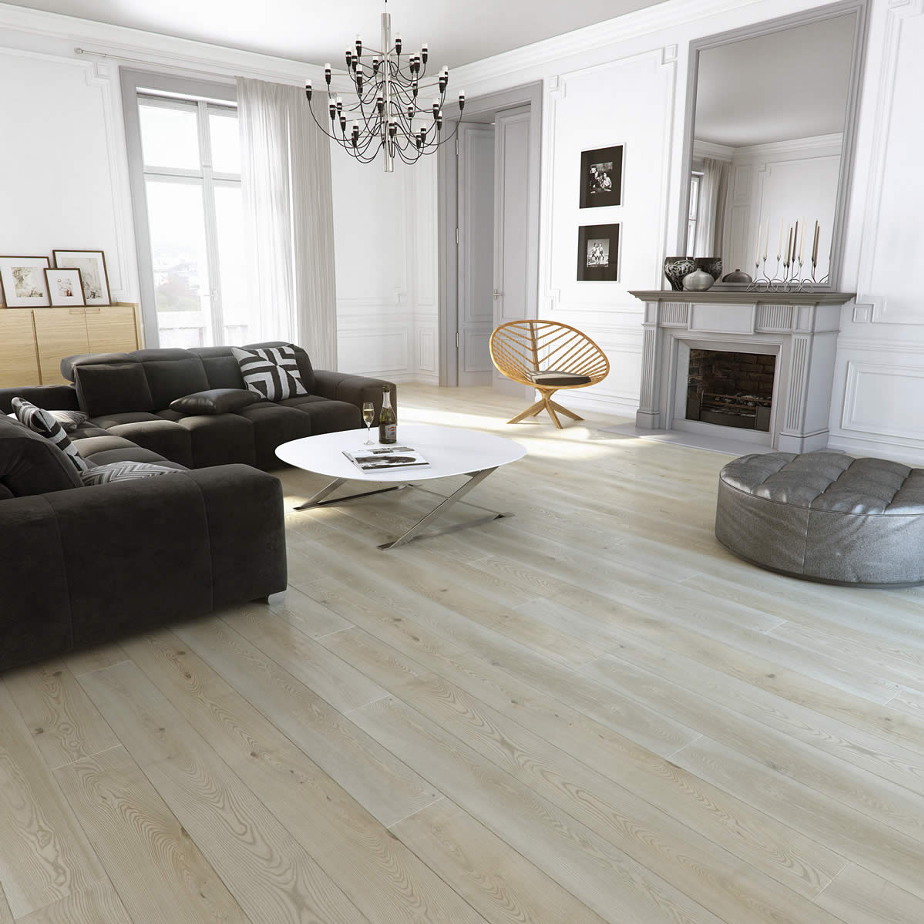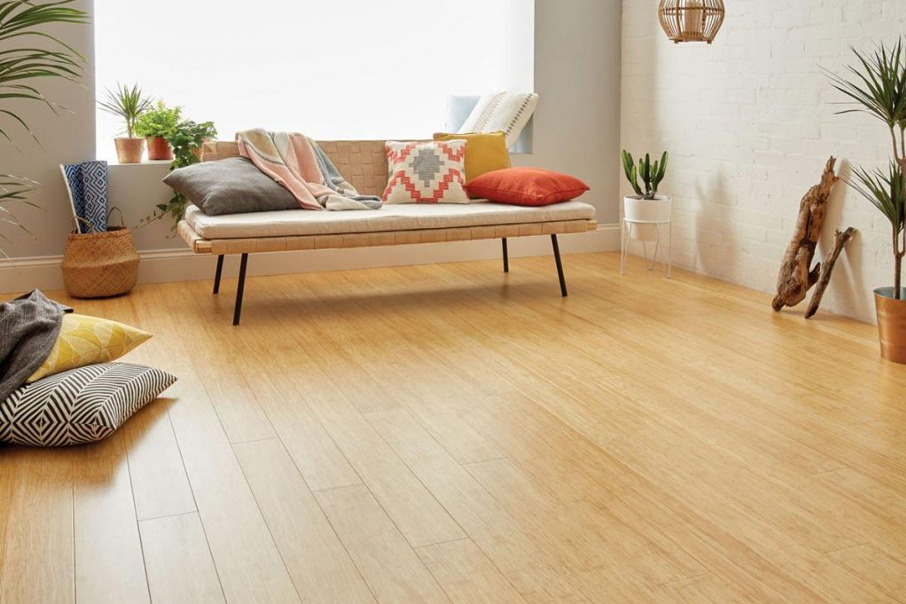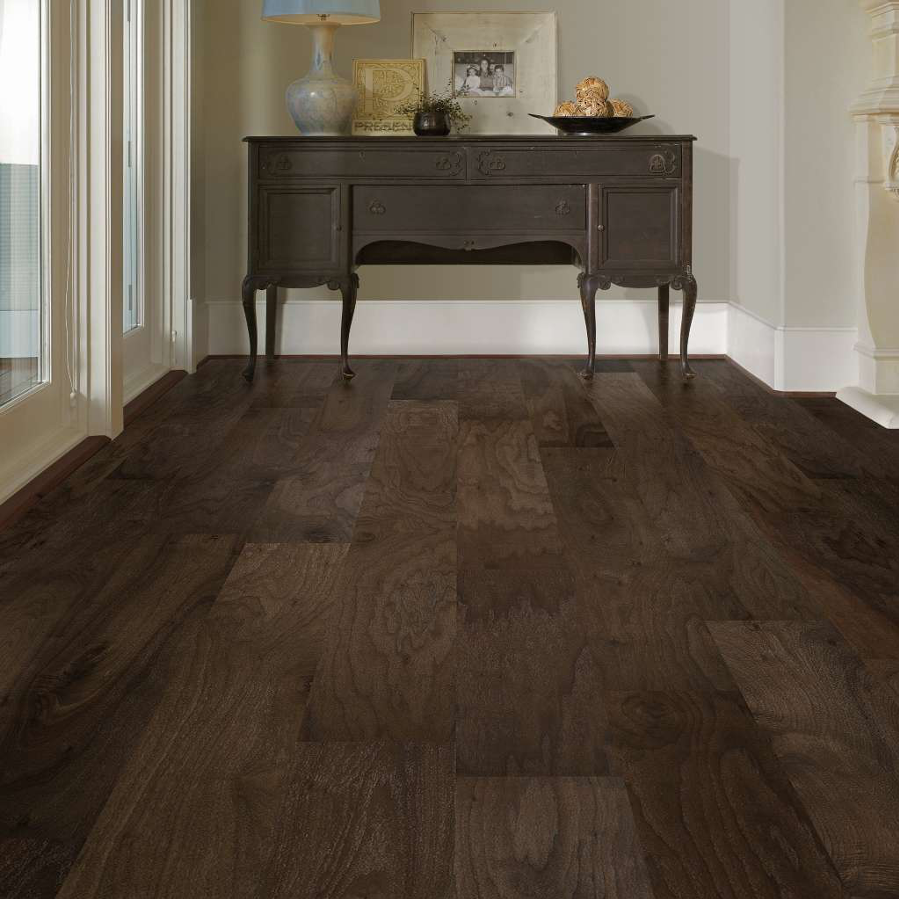SHOPPING GUIDE FOR HARDWOOD FLOOR
There are different varieties of traditional hardwood floors. Don’t know how to choose among them? We are going to introduce 6 types of wood floors, their advantages, and disadvantages.Continue reading? Subscribe our newsletter to hear more from us!
Subribe our newsletter to receive the latest articles and home renovation ideas directly in your email inbox. We will only send interesting ideas we like!Maple Hardwood Flooring

Maple is hard and indentation resistant, making it an ideal material in high traffic areas. The only downside is that it is difficult to install, and we suggest seeking professional help. The color ranges from white to light red, with an average cost of $3 to $6 per square foot, while the engineered maple wood costs $10 to $12 per square foot.
Pewter Hardwood Flooring

Pewter is a durable and stain-resistant hardwood. The color ranges from light tan to light grey, with bold grains like oaks. The average cost is $5 to $6 per square foot, and the average cost for engineered pewter is $12 to $13 per square foot.
Bamboo Hardwood Flooring

Bamboo hardwood flooring comes in many colors and fascinating patterns. Although it is not real hardwood, it has many resembling features, such as water-resistance, durability, and fun style. The average cost of bamboo floors is from $2 to $4 per square foot.
Hickory Hardwood Flooring

Hickory is a long-lasting wood with a wonderful texture that exhibits multiple color variations. It works well in high traffic areas, and the price varies from $3 to $6 per square foot.
Oak Hardwood Flooring

The oak is divided into white oak and red oak. Oak hardwood has rich details, deep-rooted patterns, and earth tones. Red oak has a narrow but visible red and tan texture. Oak is a mid-level wood flooring material, and it costs $3 to $10 per square foot.
Walnut Hardwood Flooring

Walnut wood has multiple exotic brown tones and unique patterns. It is hard and durable and only costs $5 to $9 per square foot.
Advantages of Hardwood Flooring
There could be various reasons that we choose hardwood floor over other products.
- Visual Attraction – Hardwood floors can provide structural shaped patterns, and their appearance is natural due to the unique color and texture of each piece. A variety of wood flooring options can bring your creativity to life, fit your color palette, and remodeling plan perfectly.
- Easy Cleaning – Hardwood floors have a low maintenance cost, and routine maintenance includes weekly cleaning, dry clean or vacuum, and occasion deep cleaning. Unlike carpet, properly coated wood floors have excellent stain resistance and odor resistance.
- Service Life – Professional installed and finished high qualify wood floors can be passed through generations, even in busy areas such as the kitchen, dining room, and corridor.
- High Return on Investment – Whether you are thinking to replace or upgrade your flooring, professionally installed high-quality wood floors by contractors can always increase the value of your asset, and it is a long-term investment.
- Environment Friendly – Besides being friendly to allergen-sensitive people, it is also unharmful to the environment as wood is a renewable material. Especially true for options include bamboo because the bamboo grows fast.
- Acoustics – Real hardwood floors make a solid sound when you walk across the floor, which greatly improves the acoustic of your room and makes the sound quality of your home theater or music system better.
Disadvantages of Hardwood Flooring
- Hard Maintenance – Hardwood floors have high requirement on installation once the installation goes wrong, it can cause a lot of troubles, such as sound issue. When the room is too humid or overly dry, hardwood floors can arch, warp or deform. Waxing and oiling are often necessary or glossy surface can be worn out.
- Poor Stability – Hardwood flooring has poor stability, so the kneel installation is necessary to strengthen stability. Some floors can be installed directly without kneel.
- High Price – Hardwood flooring has always kept in a high price range at all times. Please make a specific budget when you plan to install hardwood floors. Take a second thought when your budget is tight.
- Easily Combustible – Everyone knows that the wood is easy to burn, and a safety concern exists in dry air and high temperature. They may catch fire if heated or baked for a long time, which is a downside for home safety.
How Long Does Hardwood Flooring Last?
Hardwood flooring can be seen in the entire house because of its long service life over carpet and tiles. If handled properly, hardwood floors can last up to 40 years, and it can be polished, dyed, and varnished at a much lower price than replacing it.
Hardwood Floor Veneer
To extend the durability and service life of hardwood flooring, a protective sealing coating called veneer is applied. It is made of polyurethane or prefabricated UV curing carbamate, of oil or oil mixture.
Factory finished wood has been applied with anti-fouling and protective finish. Since it will arrive at a protected home, you can finish the project in a short period of time because the installers do not have to finish the wood planks and there is no need for you to proceed with it when your family is home.
Unfinished wood is a cheaper alternative, once it is installed, you can finish the coating at home. The contractor may charge you extra for the finishing.
Polyurethane finish is more resistant to stains and damages and more suitable for families with pets and children. But when major damage occurs, you may need to change the entire floor, polish, and repaint the floor.
Greasing makes the look more natural and makes it easier to maintain the wood. Although the finish is not as tough as polyurethane and easier to be scratched, you can always add more oil or soak into it to take care of the scratches.
Sizes of the Hardwood
- Thickness - the standard thickness of a hardwood board is ¾ inch, while some factories produce boards as thin as 5/16 inch.
- Width – The width of flooring use wood is usually 2 ¼ inches, while some wider boards (wood floorboards) can be 3 to 6 inches. Classis and affordable installations offer standardized width and length. But if you pursue a more natural look, use wider boards or a combination of different wood boards.
- Length – The length of the wood depends on the manufacturers, but there are usually categories of the length. Typical wood lengths are short (3’ – 6’), mid-length (7’), and long (8’ – 10’).
Some manufacturers, such as Hull Forest, sell 16-inch eastern white pine. Longer timbers are from older trees thus, they have better quality, and the price is higher too.
Hardwood flooring is a better option in terms of environmental-friendly when the only hassle is maintenance. But if you are really into hardwood floors, it would not be a problem at all. Unlike other common items in daily life, flooring is not easy to replace. Please make an informed decision based on your budget and preference.




